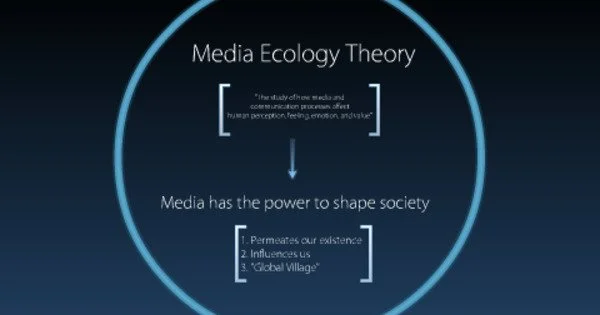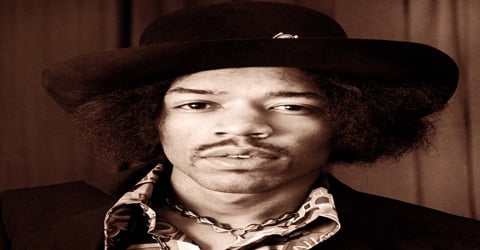The concept known as Media Ecology Theory was created by Marshall McLuhan and later extended by Neil Postman and other academics. It is the study of communication, media, and technology as it relates to human settings. Marshall McLuhan put forth the theoretical ideas in 1964, but Neil Postman first used the phrase “media ecology” in a formal sense in 1968.
The theory investigates the connections between culture, technology, and media, highlighting the influence of media on social structure, communication, and human perception. According to this theory, media environments impact and affect society structures, human behavior, and cognitive processes.
Ecology in this context refers to the environment in which the medium is used – what they are and how they affect society. Neil Postman states, “if in biology a ‘medium’ is something in which a bacterial culture grows (as in a Petri dish), in media ecology, the medium is ‘a technology within which a [human] culture grows.'”
Key concepts of Media Ecology Theory include:
- Media as Environments: McLuhan famously said, “The medium is the message.” This indicates that the qualities of a certain media (such as television, radio, or print) have a significant impact on how information is viewed and comprehended.
- Media Determinism: Media Ecology contends that media technologies have the potential to alter and regulate human thought and behavior. It contends that the medium itself, rather than the information it conveys, has a substantial impact on individuals and society.
- The Global Village: McLuhan introduced the concept of the “global village” to characterize the world’s interconnection via electronic media. He believed that electronic communication technology was decreasing the world and fostering a sense of global community.
- Hot and Cold Media: McLuhan classified media into “hot” and “cold” categories. Hot media provide a high level of information and leave little room for interpretation (e.g., a photograph), while cold media require more active participation and interpretation from the audience (e.g., a cartoon).
- Media Ecology and Culture: Media Ecology Theory explores how changes in media technologies influence cultural norms, values, and social structures. It examines the ways in which media contribute to the construction of reality and influence the way people perceive themselves and the world around them.
- Technological Determinism: Media Ecology is often associated with technological determinism, the idea that technological developments drive social and cultural change. However, scholars within the field have also acknowledged the reciprocal relationship between technology and society.
- Bias of Communication: Neil Postman, a significant contributor in the creation of Media Ecology Theory, established the concept of a “bias in communication.” This refers to the inherent biases embedded in various media forms, which influence how information is presented and perceived.
Media Ecology Theory urges scientists to investigate the interplay of media, technology, and culture in order to better understand how communication technologies affect human behavior and society. It is a comprehensive approach that takes into account the broader environment in which media operate, as well as how they influence how individuals and communities view and interact with the world.
















